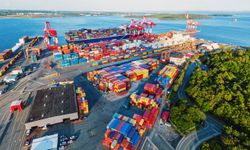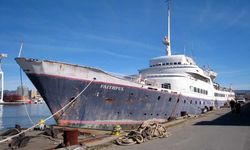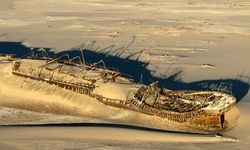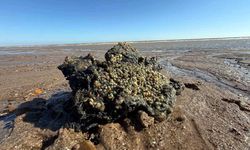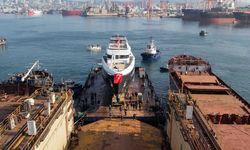The spill, which occurred on December 15 during a heavy storm in the Kerch Strait, resulted from damage to two aging Russian tankers, Volgoneft-212 and Volgoneft-239. At least 2,400 metric tons of oil entered the sea, according to Russian officials.
Volgoneft-212 split in half and sank, causing the death of one crew member, while Volgoneft-239 ran aground near the port of Taman. The vessels carried a total of 9,000 tons of heavy fuel oil, which has continued to leak, affecting the surrounding coastline. Cleanup teams have been working along nearly 500 miles of coast, removing over 160,000 tons of contaminated sand and soil as well as 25 tons of oil-containing liquid, according to Russia’s Emergency Situations Ministry.
Despite early claims by Russian officials that the spill was contained, oil residues have been reported along the Black Sea coast. Volunteers and local businesses have contributed to the cleanup, but the scale of contamination remains extensive. Environmental groups, including Greenpeace Ukraine, have warned of long-term consequences, particularly given the nature of heavy fuel oil, which tends to sink rather than remain on the surface. The organization has criticized the slow response, emphasizing that the spill poses a serious threat to marine life.
President Vladimir Putin publicly addressed the disaster four weeks after it occurred, describing it as one of Russia’s most serious environmental incidents in recent years. He ordered senior officials to oversee cleanup efforts and assess Russia’s tanker fleet regulations. The Russian government has allocated 1.5 billion rubles (about $15.3 million) for cleanup operations.
There are concerns that the vessels involved may have been part of Russia’s so-called shadow fleet, used to bypass Western sanctions. The 50-year-old tankers, originally built for river navigation, may not have been suitable for operation in winter storm conditions. Reports indicate that one of the vessels had its license suspended and should not have been in service.
Environmental damage from the spill continues to be assessed. At least 58 dead dolphins have been recorded, and thousands of oil-covered birds have been rescued, though many are unlikely to survive. Additional spills from Volgoneft-239 remain a risk, especially after minor earthquakes were reported in the area.
Authorities are now focused on removing the remaining oil and preventing further contamination. Efforts to assess the impact on wildlife and local ecosystems are ongoing.

